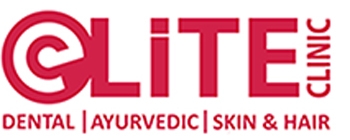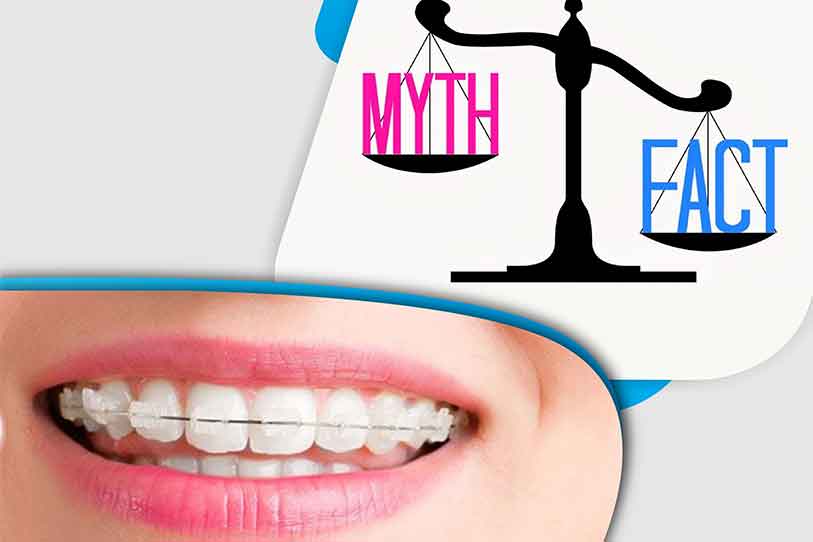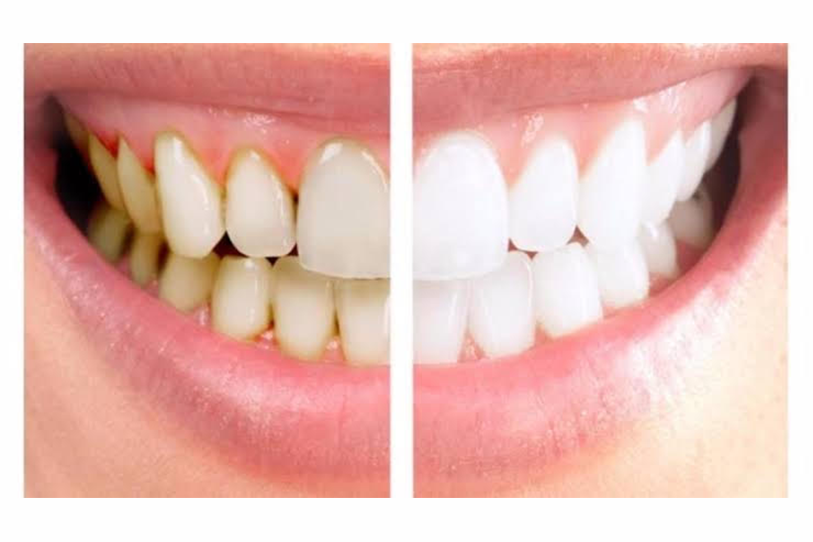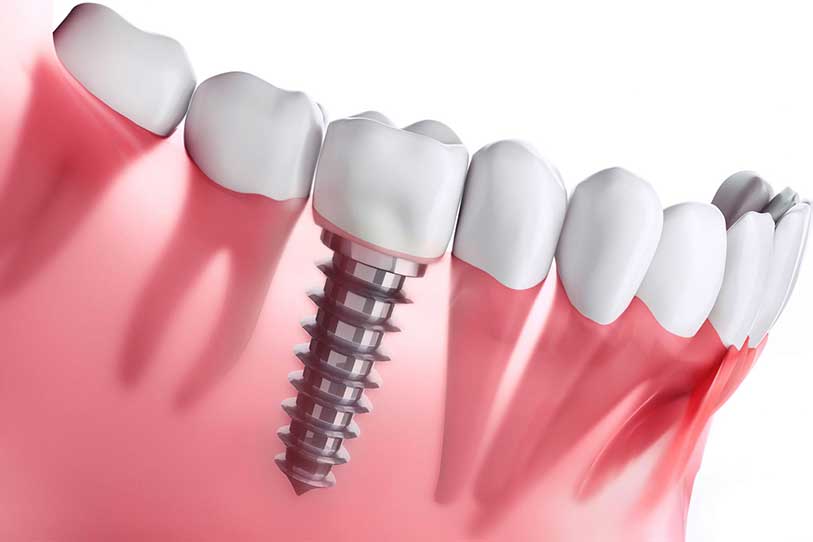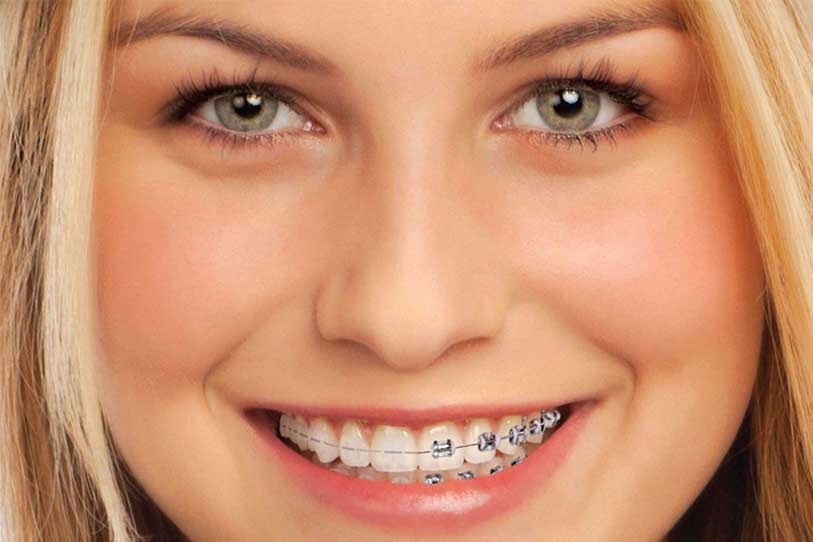
Orthodontics- Bracing for Braces
Crooked, Malaligned or Crowded teeth has been a problem for a long time and very common. Various factors contribute to it. Factors such as jaw size, genetics and heredity, poor dental hygiene, poor nutrition, poor myofunctional habits, injury, etc. lead to malalignment of teeth. No matter the cause, if you are dealing with periodontal disease or conscious with the way your teeth are malaligned or crooked then you are in need of orthodontics treatment.
What is Orthodontic treatment?
People with crooked or crowded teeth are said to have malocclusion. Orthodontic treatment is repositioning the crowded teeth to correct the malocclusion. Even when the teeth look perfect, there is a possibility of upper and lower teeth not fitting properly and causing this. Treatment involves rehabilitating teeth to the normal required position to cure malocclusion. There are various ways to handle the treatment which involves any of the following:
- Braces
- Aligners
- Headgear
- Surgical Correction
The type of treatment suited for you will depend on the position and condition of the teeth. Most commonly used treatment method is Braces.
What are Braces?
Braces are Orthodontic Appliances required for the orthodontics treatment. Braces consist of small brackets cemented to the teeth and connected by wire. Braces are used in most Orthodontics treatment plan either solo or in combination with the other treatment, depending on the status of the malalignment. They move and align teeth by applying pressure on the teeth. The wire is tightened by Orthodontist on occasion to gradually guide the shifting and alignment of the teeth. Over the time braces have evolved to make it inconspicuous and effective. Today we have 4 main types of braces, mainly due to difference in material and visibility.
Types of Braces
- Metal Braces: Metal braces are the oldest type of braces. It consists of small brackets attached to the teeth and tied together by wire. These are made out of metal and very efficient but is highly conspicuous. Addition of heat-activated arch wires to traditional metal braces have made it effective and reduced the time of the alignment and discomfort.
- Ceramic braces: Ceramic braces follow the same procedure as the metal braces. It is as effective as metal braces but it is made of ceramic. These are made in the natural colour of a patient’s teeth, making it inconspicuous and less noticeable. When thinking about looks, Ceramic Braces have grown in popularity because it is discreet, making people less conscious of its presence.
- Lingual Braces: Lingual braces can be directly compared to metal braces but for one difference i.e. it is attached to the inner portion of the teeth. Therefore, it becomes unobtrusive making it aesthetically effective. It may cause discomfort for being in direct contact with tongue.
- Invisible Braces: Invisible Braces or Invisalign is the latest type of braces and follows an entire different treatment approach. It does not involve brackets or wires but series of custom made invisible clear plastic aligners that are worn over the teeth. They are removable and have to be replaced every week or two depending on the treatment plan. Most patients need 18 to 30 Invisalign depending on the crowding and malalignment of the teeth.
The braces involving wire or rubber bands can also be made of colourful substance to improve their appearance; usually done for the children.
Do I Need Braces?
Knowing about braces does not answer the question whether you need braces. To know whether you are in need for Braces can be efficiently answered by Orthodontists, but to get an idea whether you need to visit one look out for any of the following Indications:
- Crooked teeth– Teeth are bent and deviated from its normal angle and shape.
- Teeth line: Your smile and appearance of the teeth line is the best indicator of the need for braces and visiting orthodontics.
- Overcrowding– Teeth are packed together at some parts of the teeth line out of alignment.
- Mal-positioning: Teeth are unevenly spaced. There is either not enough or too much of distance between your teeth.
- Over-jet: Upper front teeth protrude out and sit over the lower teeth.
- Over-bite: When your lower teeth bite too far behind the upper teeth, it is called Over-bite.
- Under-bite: When your upper front teeth bite behind the lower teeth, it is called Under-bite.
Are Braces Necessary?
The complication in dental and oral health does not limit to mouth. Its effect spreads over psychological and social status, leading to mental health condition. Malocclusion and misalignment is considered as deformity and not as a disease by most individuals. It impacts the individuals’ mind-set and makes them conscious about the beauty and aesthetics of their face. Smile and teeth line contribute to looks of a person and the impression on others. Apart from increasing stress of a person, a mal-positioned teeth line can cause various problems if left untreated. Crooked and overcrowding of teeth can make cleaning and oral health care difficult. Uncorrected teeth line can lead to following issues:
- Tooth decay
- Periodontal Diseases
- Loss of Tooth
- Speech Difficulty
- Difficulty in Chewing
- Excess and abnormal wear of enamel
- Problems in Jaw bone.
Treating a disease has never been an option for anyone. Delaying the treatment and procrastinating will always lead to more complications. Never is too early, get your oral health and teeth line get checked professionally to come to conclusion. For more information and consultation regarding your oral health care and need for Braces, contact your Orthodontist and dental surgeon.
